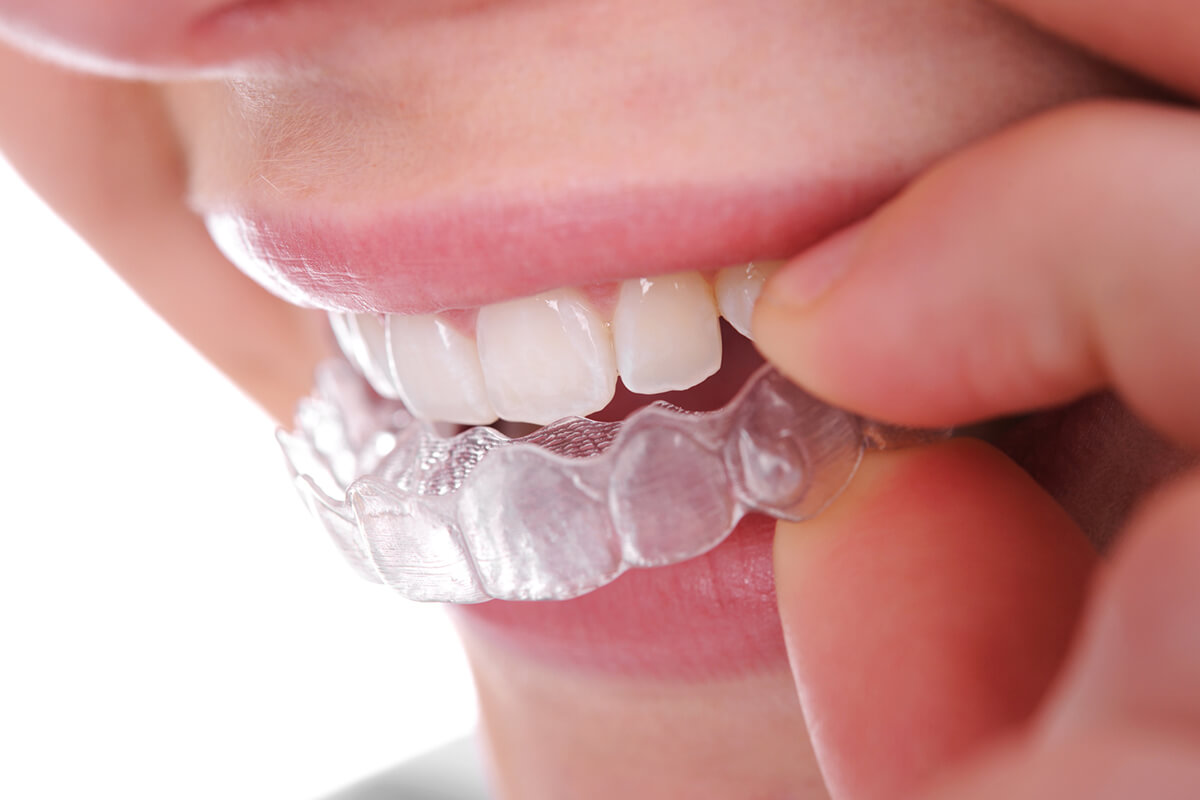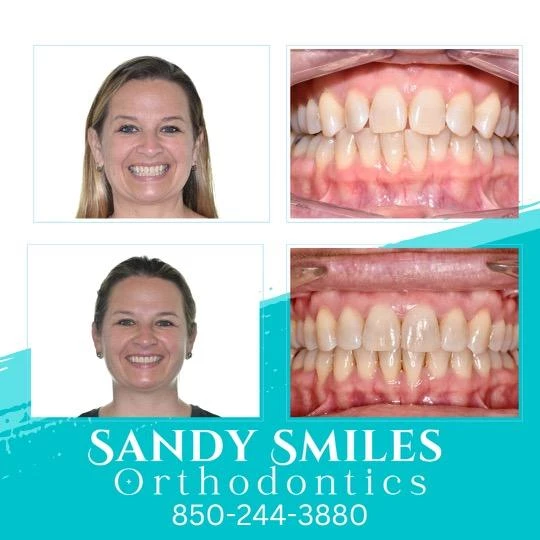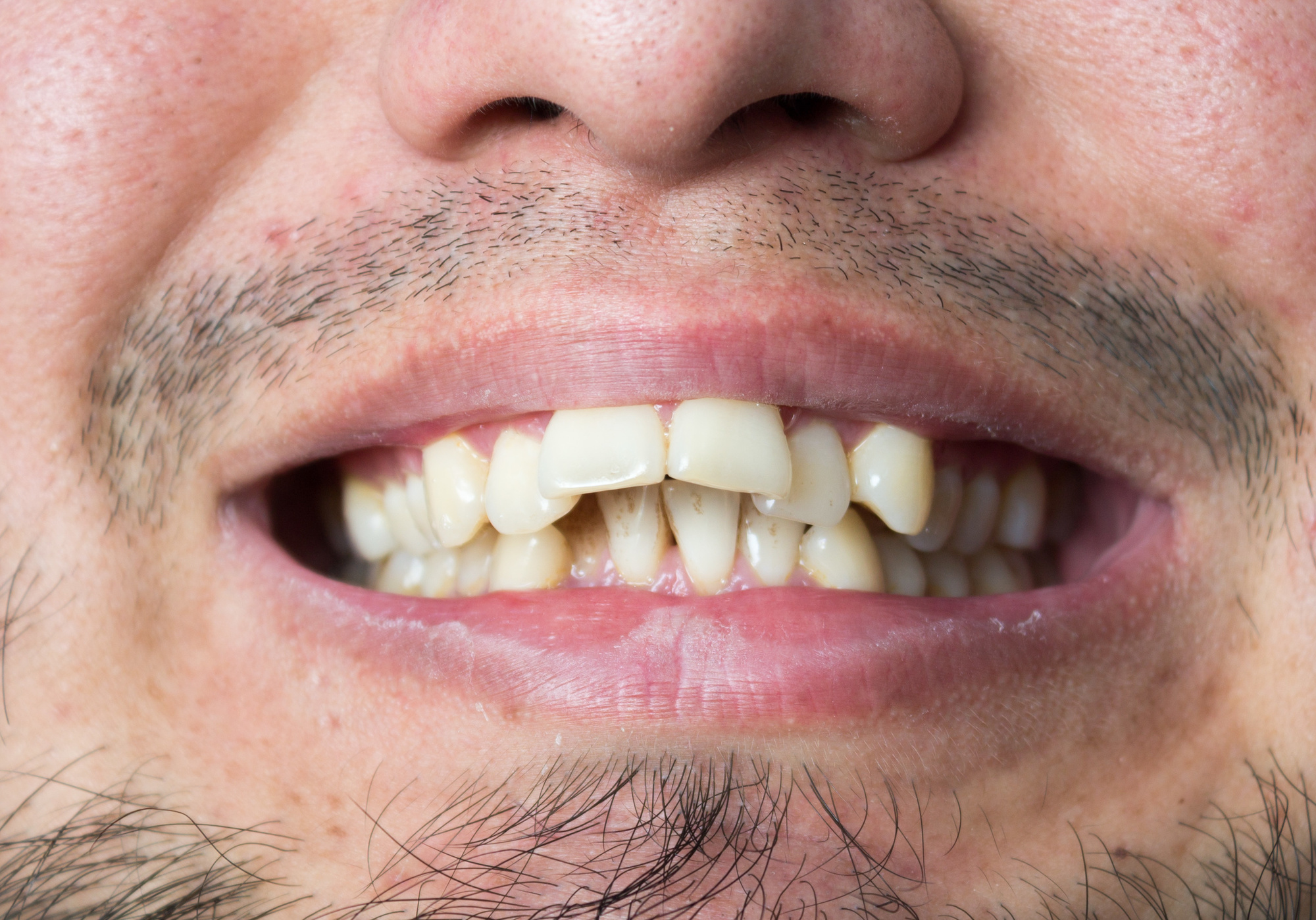Maintaining Oral Health While Using Invisalign: Tips for a Smooth Experience
Maintaining Oral Health While Using Invisalign: Tips for a Smooth Experience
Blog Article
Invisalign vs. Traditional Braces: Which Choice Is Right for You?
When taking into consideration orthodontic therapy, the selection in between Invisalign and standard dental braces provides a number of vital aspects that warrant cautious examination. Invisalign supplies a very discreet choice with detachable aligners, while traditional braces provide a more noticeable yet reliable option for serious imbalance.
Review of Therapy Choices

In comparison, traditional dental braces include steel braces and wires that are adhered to the teeth. This approach uses continuous stress with time to accomplish placement. While efficient for intricate orthodontic issues, standard braces need regular sees for modifications and can present difficulties in keeping oral hygiene as a result of the trouble of cleaning up about brackets and cables.
Both choices have their benefits, and the selection often rests on particular dental problems, way of living preferences, and individual conformity. Inevitably, consulting an orthodontic specialist is crucial for identifying the most ideal therapy strategy customized to specific needs. Comprehending the subtleties of each choice can considerably influence the general success of orthodontic therapy.
Aesthetic Factors To Consider
A considerable variable affecting the selection in between Invisalign and traditional braces is the aesthetic appeal each therapy supplies. Invisalign aligners are crafted from clear plastic, making them practically undetectable when used. This discreet look is particularly appealing to grownups and teens that might feel awkward regarding their orthodontic therapy. The ability to keep a natural smile throughout the placement process can substantially boost the client's confidence in expert and social setups.
On the other hand, typical braces contain metal braces and wires, which can be extra noticeable. While innovations in orthodontic innovation have actually resulted in the growth of smaller braces and tinted elastics, conventional dental braces still maintain an even more obvious profile. For some people, the visibility of dental braces may hinder them from seeking needed treatment.
Eventually, the selection in between Invisalign and conventional dental braces may depend upon individual choices pertaining to appearances. Clients that focus on discretion typically lean towards Invisalign, while those who are much less worried concerning visibility may choose for traditional braces. Recognizing the visual implications of each option is vital for making an educated decision that aligns with one's way of living and choices.
Comfort and Convenience

In terms of convenience, Invisalign aligners are detachable, allowing patients to appreciate their preferred foods without restriction and keep optimum dental hygiene. Cleaning and flossing are simplified, as the aligners can be taken out throughout these routines, whereas traditional dental braces need careful steering around useful content braces and cords.
In comparison, typical braces necessitate normal modifications, making them much less convenient for those with active schedules. Generally, the convenience and convenience of Invisalign make it an attractive selection for numerous individuals looking for orthodontic treatment.
Treatment Period and Efficiency
While both Invisalign and traditional braces work in dealing with dental imbalances, the duration of therapy can differ considerably in between both alternatives. Usually, Invisalign therapy can take anywhere from 12 to 18 months, depending on the complexity of the situation. The clear aligners work by slowly moving teeth right into their wanted placements, and normal follow-ups with an orthodontist help guarantee development stays on the right track.
In comparison, typical dental braces often need a longer commitment, normally ranging from 18 months to three years. This is because of their fixed nature and the use of cords and braces, which can be a lot more reliable for extreme imbalances and complicated situations (Invisalign). The therapy efficiency of standard braces is well-documented, as they permit precise modifications and greater control over tooth movement
Inevitably, the selection between Invisalign and conventional braces might depend upon both the awaited treatment duration and the specific oral problems at hand. Consulting with an orthodontist is essential, as they can provide customized referrals based on individual demands, making certain the picked technique aligns with wanted durations and results.
Cost Contrast and Insurance Policy Choices
Cost plays a substantial function in the decision-making process for people thinking about orthodontic treatment, whether deciding for Invisalign or conventional dental braces. Usually, the cost of Invisalign ranges from $3,000 to $8,000, while standard dental braces typically set you back between $2,000 and $6,000. Elements affecting these costs consist of the complexity of the instance, the duration of therapy, and geographical location.
Insurance policy coverage can dramatically impact out-of-pocket expenditures. Numerous oral insurance strategies provide partial protection for orthodontic therapies, but the specifics can vary extensively. It is essential for individuals to review their insurance plan to establish the extent of protection for either choice. Typically, conventional braces might be much more often covered by insurance plans compared to Invisalign, which some insurance providers categorize as a cosmetic treatment.
In addition, numerous orthodontic practices offer flexible layaway plan, making both treatment options much more obtainable. People need to ask about potential funding alternatives and price cuts for ahead of time settlements. Reviewing the complete price, consisting of insurance coverage advantages and settlement strategies, is necessary for making an educated choice that lines up with both aesthetic preferences and budget considerations.

Final Thought
In summary, the choice between you can check here Invisalign and conventional braces hinges on multiple factors, including visual preferences, convenience, therapy period, and price. Invisalign uses a discreet, removable option that facilitates dental health and nutritional versatility, while conventional braces might be a lot more appropriate for complex dental concerns and often come with a reduced cost point. Inevitably, appointment with an orthodontist is necessary to analyze private situations and determine one of the most proper therapy choice for achieving optimal oral positioning.
When considering orthodontic therapy, the option between Invisalign and conventional braces presents several vital aspects that warrant cautious evaluation.Comparing Invisalign and conventional dental braces exposes distinct treatment alternatives for orthodontic modification.While both Invisalign and conventional dental braces are effective in remedying oral misalignments, the period of treatment can vary significantly in between the 2 options.Price plays a significant function in the decision-making procedure for individuals thinking about orthodontic therapy, whether opting for Invisalign or standard dental braces.In summary, the option in between Invisalign and typical you could try this out braces pivots on numerous aspects, consisting of visual choices, comfort, treatment period, and price.
Report this page